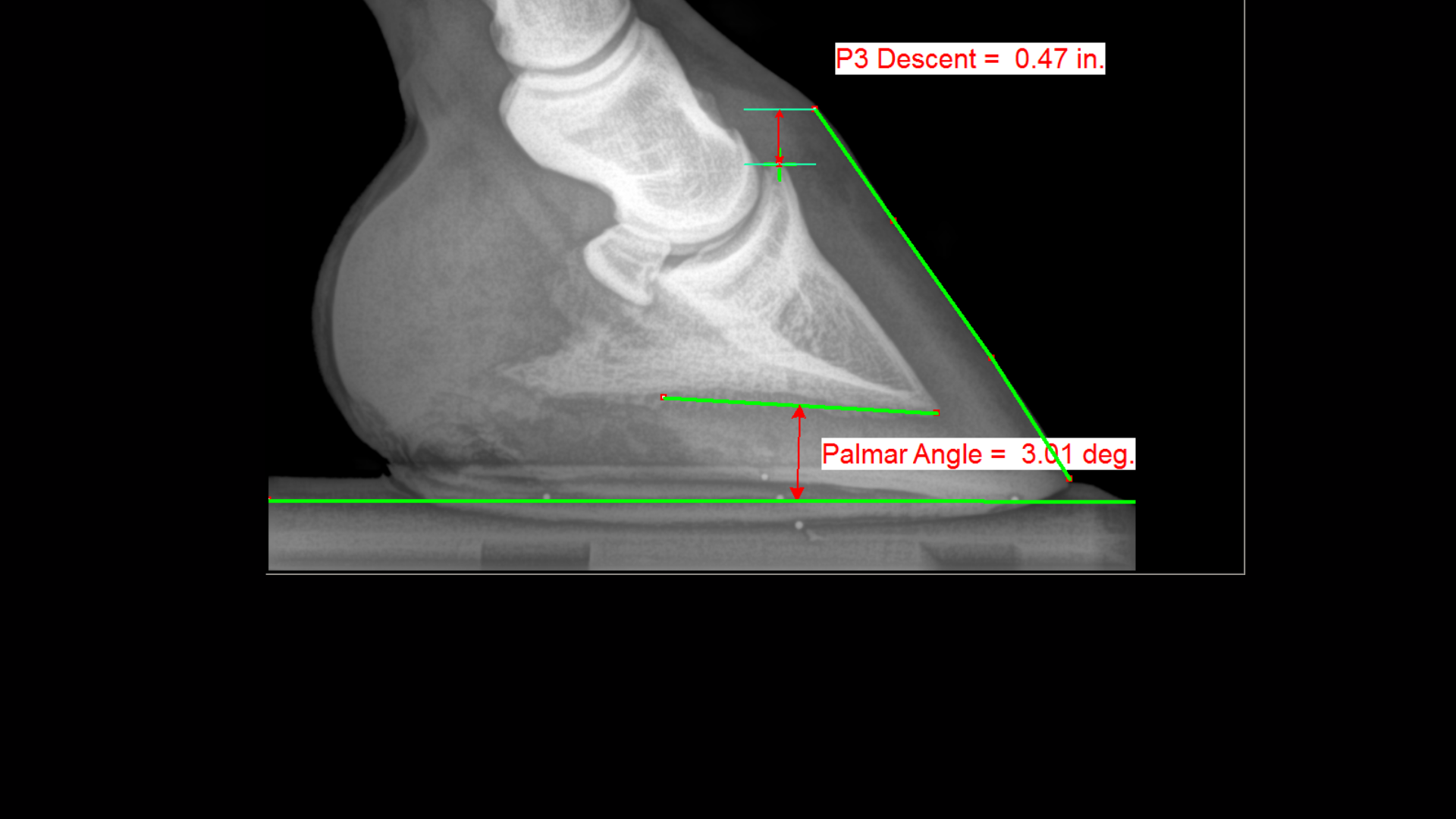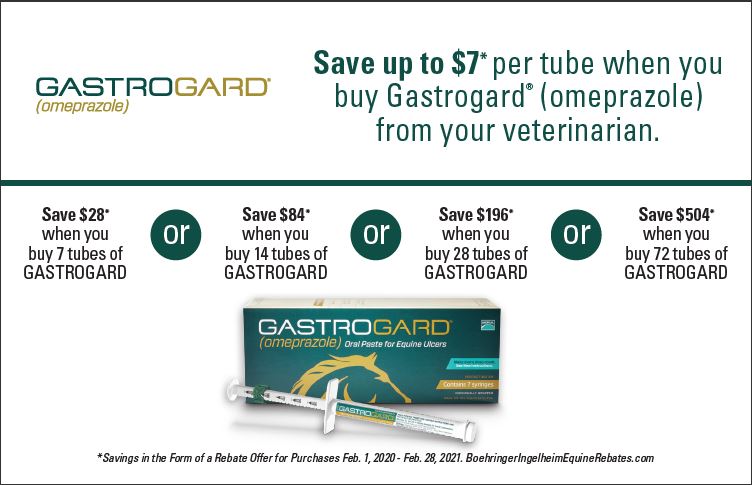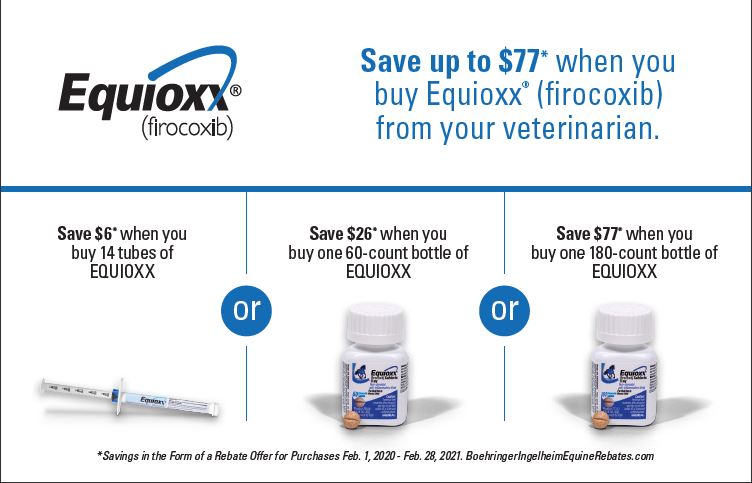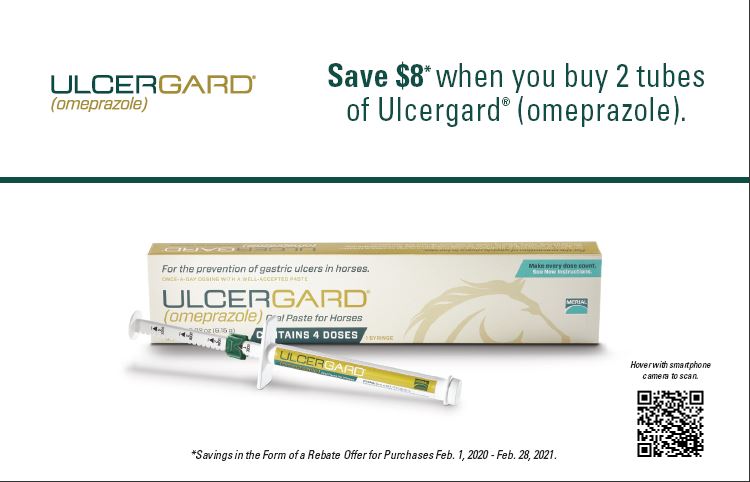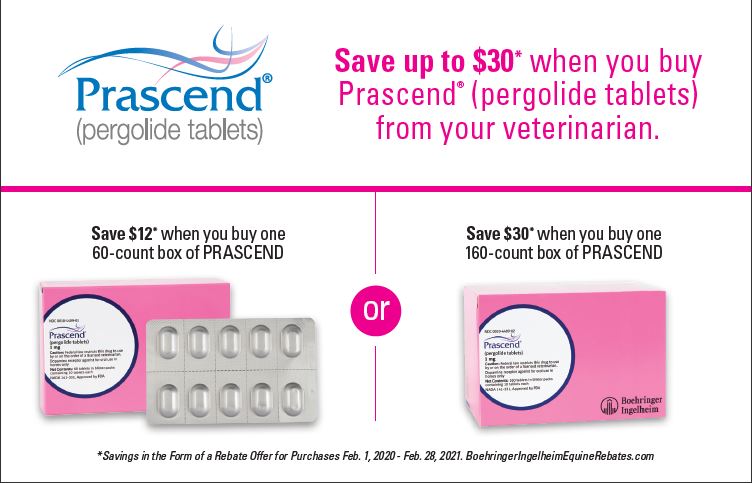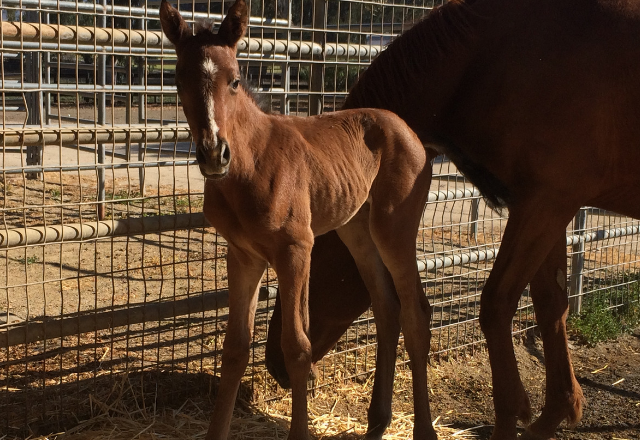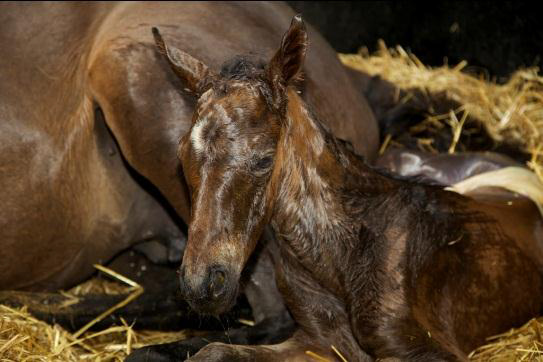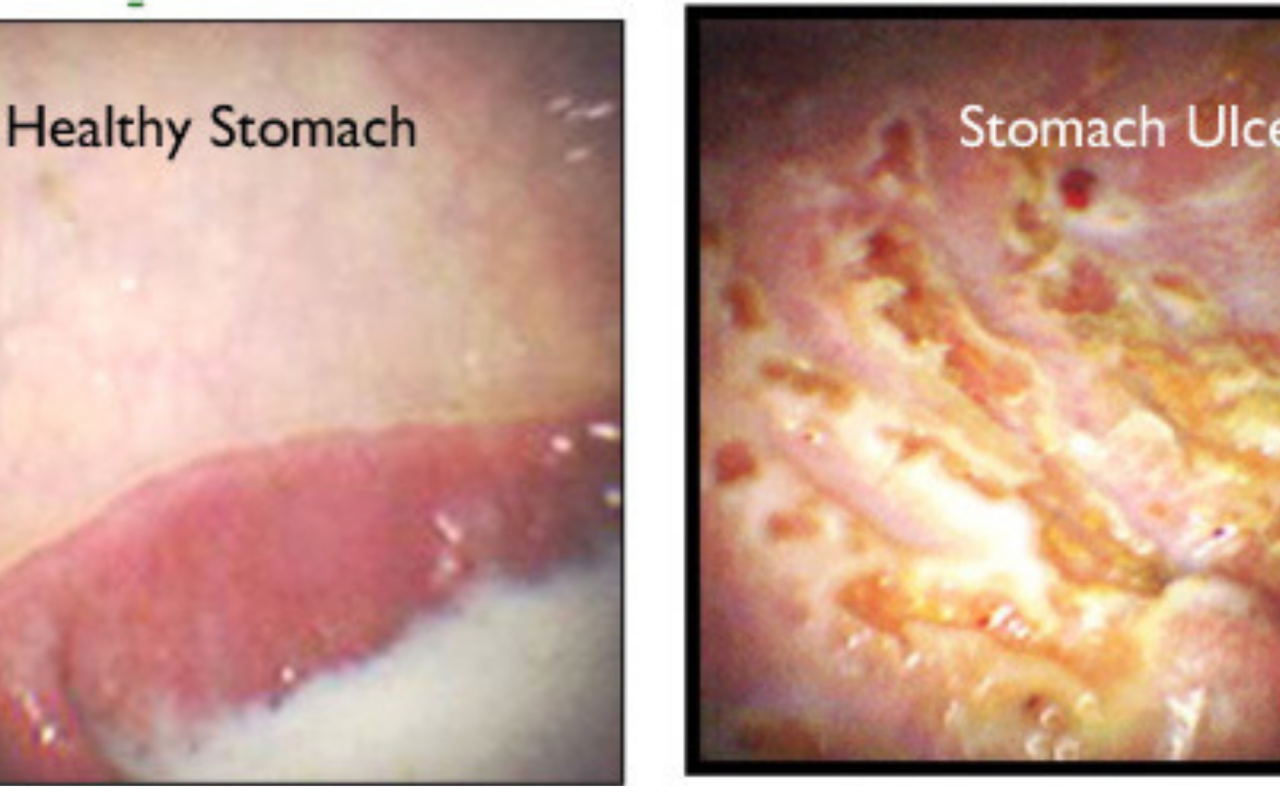Equine Herpes Virus Cases Spread Throughout California
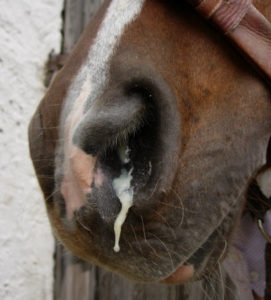
The California Department of Food and Agriculture (CDFA) has reported multiple cases of Equine Herpes Virus (EHV-1) in counties across California, including Riverside, Los Angeles, Orange, Ventura, Santa Barbara, and San Mateo. Both the EHV-1 strain and the neurological strain, EHM, have been reported. These cases have been associated with travel to and from horse shows.
What Is EHV-1?
EHV-1 is known to cause respiratory and neurological diseases, abortion in pregnant mares, and neonatal foal death. EHM (Equine Herpes Myeloencephalopathy) is the neurological strain of the disease, and may be caused by damage to the brain’s blood vessels and to the spinal cord through association with EHV-1 infection.
Symptoms of EHV-1 vary greatly, and may include fever, nasal discharge, cough, reddish mucous membranes, and swollen limbs. Horses with the neurological EHM strain may present as uncoordinated and weak, and may even have trouble standing. In EHM cases, the hind limbs are often more severely affected than the forelimbs, so horses may adopt a “dog-sitting” posture.
The Current Outbreak
The initial cases in this outbreak were reported at Desert International Horse Park in Thermal, California on February 12, 2022. At that time, one horse had tested positive for the neurological EHM strain with two other horses testing positive for EHV-1. These three horses were quarantined in their barn at the facility along with the other 45 horses in that barn with them that were thus exposed. The CDFA has continued to be onsite at the Horse Park and has been monitoring the situation since the initial cases were reported. To date, three horses that had tested positive and displayed neurological symptoms have been euthanized. Two of these horses had been on premises at Desert International Horse Park and had since returned home to Los Angeles and Orange counties. As of February 24, 2022, there have been five confirmed EHM cases and sixteen confirmed EHV-1 cases. Three horses that had left the facility and returned home to Santa Barbara, Ventura, and San Mateo Counties are included in the sixteen confirmed EHV-1 cases.
Competitions throughout California are being or have already been cancelled in response to this outbreak.
What Can I Do To Protect My Horse?
This is a very contagious disease, so good biosecurity practices and keeping your horse up to date on their vaccines is very important. Careful monitoring and taking your horse’s temperature daily can go a long way in discovering if something is amiss!
There is a vaccine available to help protect your horse against the Equine Herpes Virus Types 1 and 4. EHV-1 and EHV-4 are two of the illnesses that the Rhino/Flu vaccination provided by The Equine Center works to protect your horse against.
Click here for more information on this current disease outbreak.

